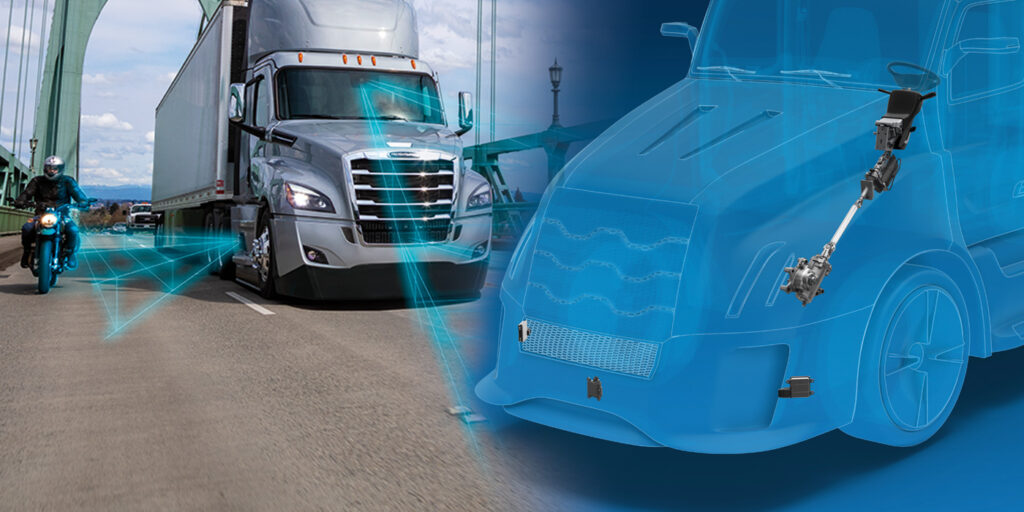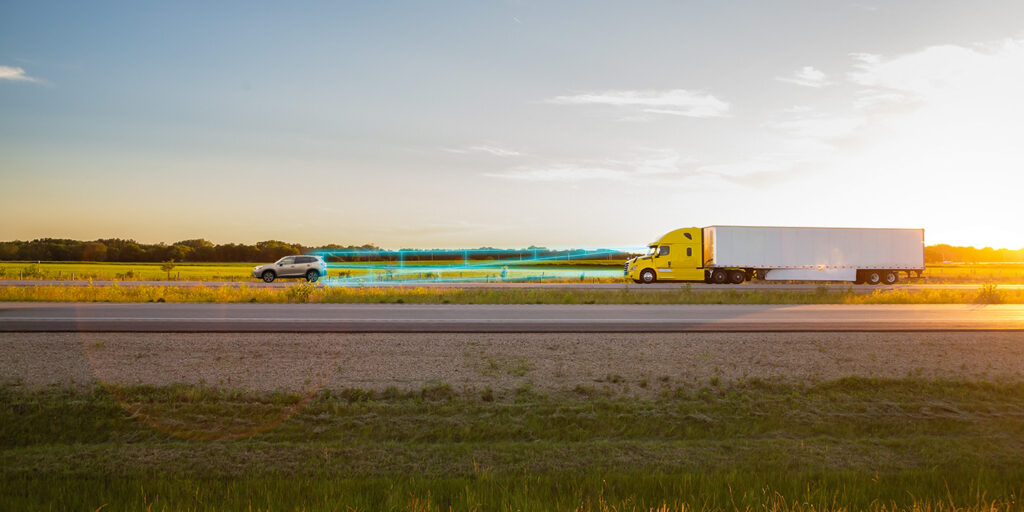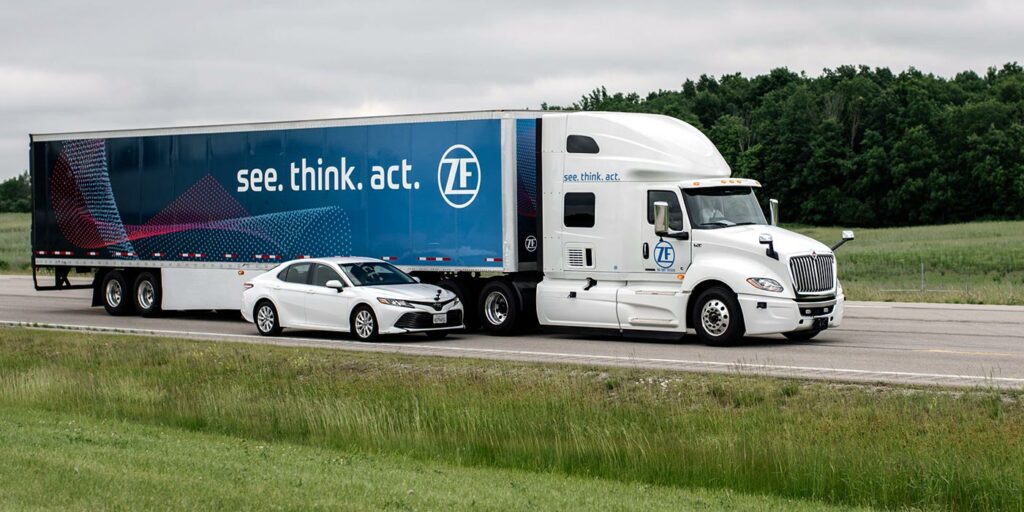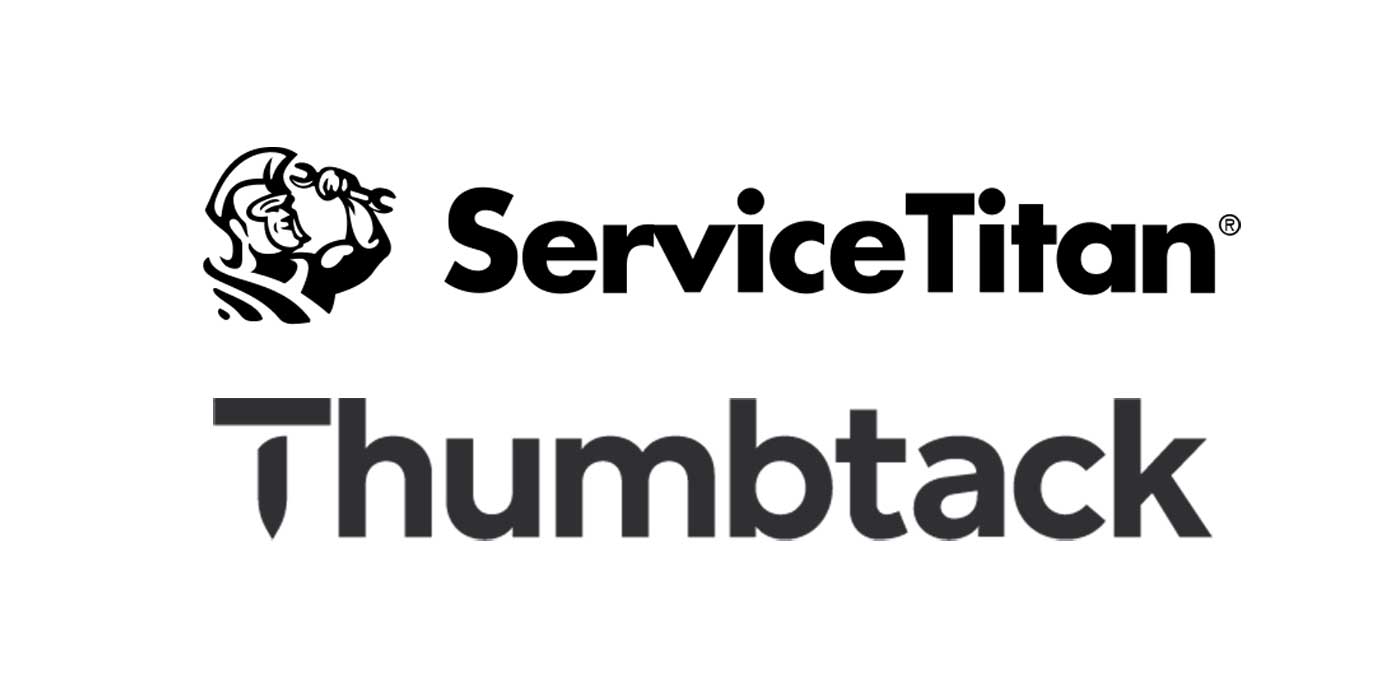Over the decade that was the 2010s, one of the most exciting and fastest-growing areas of the trucking industry was the rise of advanced driver assistance systems, which may have started out as the stuff of science fiction but soon became a reality: a truck that, if the circumstances are right, can stop itself to avoid a crash. As we head into the 2020s, adoption rates of ADAS continue to grow, and the newest features continue to be exciting and, much more importantly, potentially life-saving. Trucks on the road, today, can warn drivers about what’s in their blind spot or whether they’ve left their lane, and slow the truck to a full stop from speeds as high as 50 MPH. We’ve come a long way since the days when cruise control was the latest in technology.
“Adding ADAS to commercial vehicle trucks is one of the most effective ways for fleets and drivers to reduce accidents,” says Julien Plenchette, vice president of Americas commercial vehicles solutions for the ZF Group.
Recent data from the Insurance Institute for Highway Safety (IIHS), he notes, underscores this notion, showing that forward collision mitigation technology can reduce front-end commercial vehicle accidents by up to 44%.
Adoption rates remain strong, bolstered by many OEMs offering the systems in standard position on their latest trucks.
“ADAS technologies like collision mitigation systems, lane departure warning and blind spot detection have seen increased adoption so far,” says Ashley Murickan, product marketing manager for Volvo Trucks North America. “Fleets understand the value of these systems to increase their safety score and will continue to increasingly adopt them in the future.”
“We are experiencing an increase in order activity for our safety systems as fleet owners continue to prioritize the safety of their drivers and the general public,” says Len Copeland, product marketing manager for Detroit Products. “Fleet owners also use Detroit Assurance—and more specifically Active Lane Assist—as a driver recruitment/retention tool as it contributes to driver comfort and overall experience, and drivers have given it positive feedback.”
An additional benefit, Copeland says, is that fleets see more stable, and in some cases lower, insurance premiums as a result of the safety systems.”
What ADAS can do now
“Over the past 20-plus years, the market has evolved from ABS to electronic stability control (ESC) to collision mitigation to the most recent push to active steering systems,” says TJ Thomas, director of marketing and customer solutions for the controls group at Bendix Commercial Vehicle Systems. “Each step along the way was generally made possible by sensor technology advancements, improvements in Electronic Control Unit (ECU) capability and system algorithm testing and development.”
Active steering, he says, is no different.
“To enable features like lane keep assist, road disturbance suppression and active return, sensors have to act in concert with the ECUs controlling the system,” Thomas explains. “So, when the vehicle begins to drift out of lane, the camera sensor tells the system ECU which makes the necessary steering correction to gently bring it back. The entire system works together to provide a very useful function for the driver.”
There’s a lot that goes into today’s ADAS offerings, and much that they are capable of. Here is a brief overview of some of the latest innovations.
Detroit’s Copeland highlights the following aspects of the Detroit Assurance safety system:
- Active Speed Intervention (ASI): If the truck exceeds the posted speed limit, ASI issues visual and auditory warnings to actively alert the driver. Once the warning is issued and depending on how far above the truck is over the speed limit, ASI will go into effect and de-throttle the engine for two seconds, adjust Adaptive Cruise Control (ACC) to the posted speed limit, or cancel ACC.
- Lane Keep Assist (LKA) with Auto Stop: Exclusively available with the Freightliner Cascadia, LKA with Auto Stop actively brakes the truck to a safe stop rather than letting the truck roll to a stop in the case of an incapacitated driver, or if the driver’s hands are off the steering wheel for more than 60 seconds. When the Auto Stop function activates, LKA keeps the truck centered in its lane while the truck safely and gradually brakes all the way down to 0 MPH. After coming to a stop, the vehicle doors automatically unlock and the interior lights flash in an S.O.S. sequence, alerting other motorists that assistance is required.
- Brake Hold Mode: After coming to a stop, the driver further presses the brake pedal to activate the Brake Hold Mode function, reducing the need for the driver to continually press the brake pedal down in prolonged periods of standstill. The brake will not get deactivated if the driver’s foot is removed from the brake pedal due to fatigue or slippage. Tapping the brake pedal or pressing the accelerator starts moving the truck again.
On the Volvo side of things, the OEM offers Volvo Active Driver Assist as a standard option; the system was developed in partnership with Bendix. Murickan says that “ADAS technologies have several new highlights, namely artificial intelligence- and machine vision-enabled, driver-facing camera systems to combat distracted driving, in addition to torque assisted steering technologies that are the foundation for lane keep assistance. All of these technologies, combined with collision mitigation systems, assist the driver in making safer decisions while driving.”
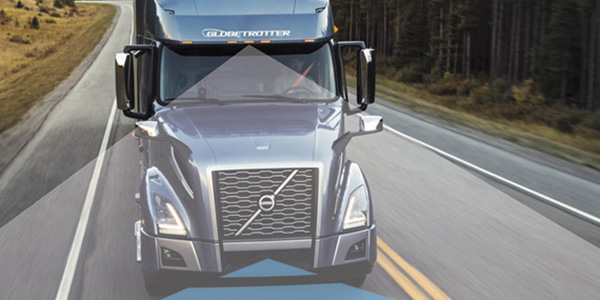
Braking system technology is an important component of ADAS, as ZF’s Plenchette points out.
“Anti-lock braking systems [ABS] help the driver maintain steering control and avoid skidding, jackknifing and trailer swing during an emergency braking situation. The next generation of commercial vehicle ABS, such as the ZF Modular Braking System Platform (mBSP), works together with ADAS technologies to provide new safety capabilities, including control accuracy, safety and other functions.”
Plenchette also touts a new feature called OnTraX with lane keep assist, which he says ZF will launch “with a major OEM in North America” sometime in 2021.
“OnTraX offers further capabilities with the addition of short-range radar, including lane change and city drive assist,” he explains. “The side-mounted short-range radars can see in the blind spot where the driver cannot. When integrated with ReAX, our adaptive steering system, the system can be programmed to deliver a haptic warning to the driver if they are approaching an obstacle or vehicle in a blind spot. The system can also be programmed to urge the driver away from the obstacle.
“Once the turn signal is flipped, the system uses short range radar on the sides of the truck to assist in looking for any vehicles in the blind spot,” he continues. “If one is sensed, the steering wheel delivers a vibration to alert the driver. ReAX takes it a step further to enable Lane Change Assist. This system can warn the driver if a vehicle is in his or her blind spot when attempting to change lanes. ReAX enables a haptic warning or even counter steering.”
Bendix, meanwhile, announced this year that it has updated its Wingman Fusion safety system with enhanced features including ACB (active cruise with braking) Stop & Driver Go and ACB Auto-Resume. Also, Bendix has recently released the optional Active Steering with Lane Keep Assist for the International LT and RH Series.
What ADAS could do in the future
Here’s a sneak peak at what’s coming around the corner from the various ADAS providers.
“Next-generation systems will see improvements in hardware which should be able to help us identify vehicles and objects of interest faster and farther away. This will allow us to make current collision mitigation features even better, and to bring new features to market,” Bendix’s Thomas says.
According to Volvo’s Murickan, the next generation of safety systems will feature technologies that will help increase visibility, reduce distractions, improve handling and enhance braking.
ZF’s Plenchette says that upcoming technology will include sensors with greater range and environmental sensing capabilities. “These can be paired with increasingly more powerful electronic control processing units, like ZF’s ProAI,” he continues. “Higher processing power will enable higher levels of system redundancy to help ensure they work in all conditions, including piloted or automated modes. When these are combined with electronically controlled chassis systems, they help set the stage for the next generation of mobility.”
Lidar is a technology that Plenchette calls “very appealing moving forward,” saying that it combines some of the advantages of both camera and radar and brings some additional capabilities that neither cameras nor radar can offer.
Safety system providers also continue to work on increasing levels of commercial vehicle automation—the final frontier, so to speak, of ADAS.
“We believe the first automated vehicles will appear in duty cycles that are relatively easy to navigate, such as hauling from a mine pit to a railhead on a remote road, or maintaining a lane on a limited access highway, such as platooning,” Plenchette elaborates.

